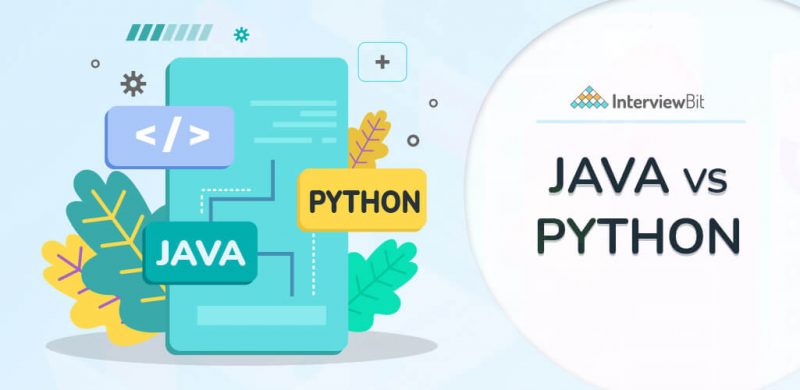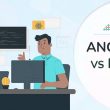The two programming languages that have taken the Software Industry by storm in today’s world are Java and Python. This is major because of the efficiency, versatility, and automation capability that both these languages have to offer to build highly scalable solutions to real-world problems. Clearly, both languages have their own set of advantages and disadvantages, as well as some major differences between them. One of the major differences between Java and Python is that Java is a compiled and statically typed language, whereas Python is an interpreted and dynamically typed language. This is why learning Java is more difficult than learning Python. This one point has led to Java being easier to debug and faster at runtime than Python, and Python being more intuitive and easier to understand than Java.
- What is Java?
- What is Python?
- Java vs Python Which is Better?
- Java Vs Python: What’s the Difference?
- Conclusion
- Frequently Asked Questions
- Q.1: Which is better: Java or Python?
- Q.2: Should I learn Java or Python first?
- Q.3: Can Python replace Java?
- Q.4: Is Python enough to get a job?
- Q.5: Which pays more Java or Python?
- Q.6: Can I learn Python on my own?
- Additional Resources
What is Java?
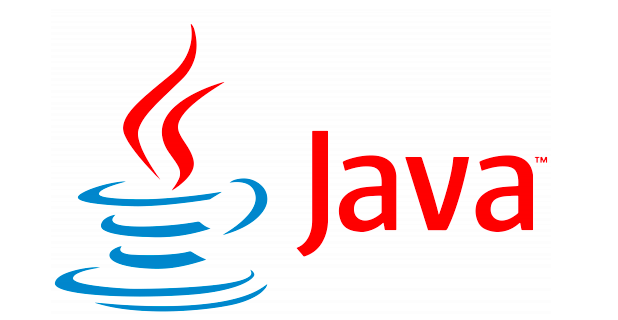
Java is a high-level level, general-purpose, class-based programming language that is multi-platform, object-oriented and has a network-centric approach. It has a speciality in the WORA (Write Once Run Anywhere) approach. Used as a computing platform by Sun Microsystem, Java was later acquired by Oracle Corporation. Java is a very popular programming language because it has a lot of libraries built on top of it, which has made it easy for programmers to find code that already exists for a specific task before starting to write their own.
Features of Java
The major features of Java programming are as follows:
Confused about your next job?
- Object-Oriented: Java, being an Object-Oriented Programming Language, offers a lot of important features like Data Encapsulation, Inheritance, Data Hiding, etc. This makes Java a suitable language to map real-world entities into objects and solve real-life problems.
- Platform Independent: The compilation of code in Java is not specific to any platform but rather it happens as a platform-independent bytecode. The Java Virtual Machine (JVM) then interprets it.
- Secure: It helps developers develop secure and tamper-free code using public-key encryption.
- Multithreaded: It can perform many tasks simultaneously.
- High Performance: Java provides high performance with Just In Time compilers by compiling bytecode to native machine codes at run time. This enhances the performance of Java.
- Distributed: Java works really well for a distributed environment. It helps users to create and manage multiple distributed applications simultaneously. Hence the code can be saved on different machines and accessed at the same time. This helps in the creation of large projects (Using Remote Method Invocation this can be achieved).
- Dynamic: It is designed to change according to the way the environment is modified.
- Low-lying constructs like pointers are not taken care of by Java. Pointers are complicated and unsafe to use by programmers at the beginning stage. As the focus in Java is on code simplicity – the usage of pointers can make it challenging. Since the memory can be directly accessed the security can be compromised. Thus, a certain level of abstraction is used as pointers are not used in Java.
Read More About Features of Java
Disadvantages of Using Java
- The execution of code can become slow because of the Just In Time (JIT) Compiler.
- The hardware cost increases as there are high memory and processing requirements.
- Java requires a significant amount of memory space as compared to other languages.
What is Python?
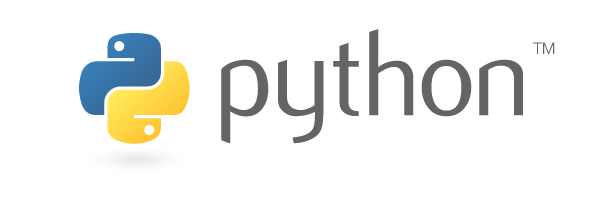
Python is an interpreted, high-level, object-oriented programming language that is dynamically typed and able to be used in a wide range of applications. t has properties that are mostly inbuilt and support binding and type casting dynamically which makes it one of the best choices. The various modules and packages allow modularity and code reuse. It is one of the fastest-growing popular languages as the lines of code are drastically reduced making it readable and simple to use.
Features of Python
The major features of Python programming are as follows:
- Easy to learn and use: The syntax is pretty simple and hence easily adopted by programmers.
- Expressive language: Huge chunks of code can be completed using small snippets of code.
- Cross-Platform Language: Easily works through all the Operating Systems.
- Free and Open Source: Python is a free and open-source language that can be accessed by anyone from anywhere in the world.
- Standard Library: The offering of these libraries, for instance, MatPlotLib, Pandas, Request, NumPy, etc., are extensive and make the work of a developer really very easy.
- Flexible with other languages and tools: Python is a diverse language that can be easily integrated with a lot of tools and frameworks to solve a variety of problems.
Read More About Features of Python
Disadvantages of using Python
- Python is extremely weak in mobile computing. Therefore, it is not widely used in application development.
- It is an interpreted language and hence slow.
- Weak in mobile computing and hence it is not used in app development.
- Python shows errors at run time as it is dynamic. As there is no error generated during compile time, this might result in a loss of time for developers running large chunks of code.
- There is no commercial support.
Java vs Python Which is Better?
Python has a simple and intuitive way of learning. Since the syntax is similar and somewhat as simple as the English Language it is easy for beginners to understand. It is an open-source nature that facilitates a new set of tools that can help improve.
Java on the other hand was developed as a programming language that would be used for general purposes. It was written with the objective of WORA (Write Once Run Anywhere) goal.
Understanding which of the two languages should be used for a specific purpose comes to two basic reasons: Nature and the cost of development projects.
Java Vs Python: What’s the Difference?
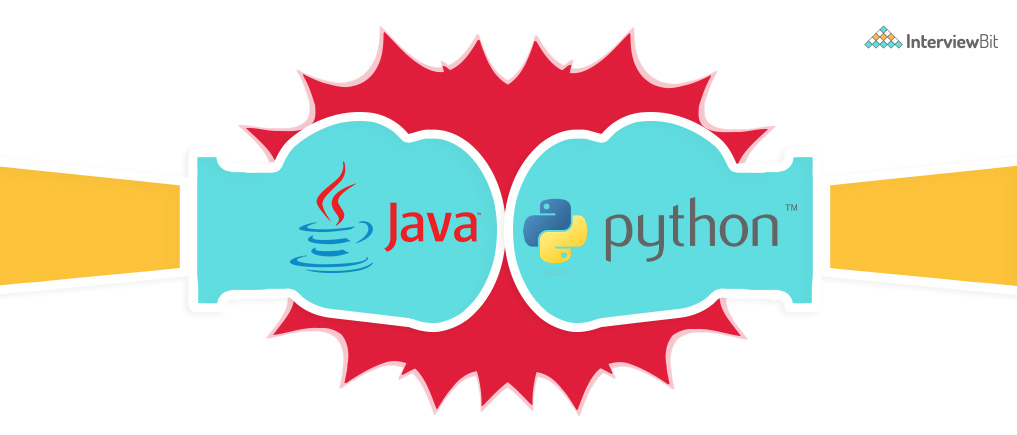
The difference between Java and Python based on various factors are as follows:
| Parameter | Java | Python |
|---|---|---|
| Compilation | Java is a compiled language. JVM is the core thing used for the same. | Python is an interpreted language which means code is scrutinized line by line. |
| Static/Dynamic | Java is a static-typed programming language. | Python is a dynamic-typed programming language. |
| Code | There are more lines of code in Java. | There are fewer lines of code in Python. |
| String Operation | The scope of string operation in Java is very limited. | The scope of string operation in Python is very widespread. |
| Learning process | Java is fairly complicated and it can some time to understand and master the programming language. | Python is fairly simple as it is easy to understand and hence recommended for beginners. |
| Multiple inheritances | Java can implement multiple inheritances partially through the usage of interfaces. | Python offers single and multiple inheritances. It is simple to implement this concept easily. |
| Braces/Indentation | Java uses braces to highlight the start/end of any function or class. | Python does not use braces but a proper indentation needs to be followed for the code. |
| Speed | Java is slower than Python. | Since Python is an interpreted language, its syntax is simpler and more concise than Java’s. Due to the interpreter and data type determination at runtime, Python is slower. |
| Portability | Any device capable of running a JVM (Java Virtual Machine) is capable of running a Java Code. | Python is comparatively less portable. It needs an interpreter on the local machine to execute the code. |
| Readability | Java needs 10 lines of code from a file to read. | Python needs only 2 lines of code to read from a file. |
| Architecture | JVM runs codes and converts bytecode into machine-readable language. | Python translates into machine-independent byte code. |
| Framework | The Java programming language supports a large number of frameworks. Spring, Blade, Hibernate, etc., are popular ones. | There are fewer frameworks in Python compared to Java. Django and Flask are popular ones. |
| ML Resources | Weka, MOA, DeepLearning4j, Mallet, etc. | Pytorch and Tensorflow |
| Game Development Engines | JMonkeyEngines | Panda3d |
| Companies using the technology | Netflix, Instagram, and Spotify | Google, Dropbox, and Uber |
| Best feature | Widely used and documentation is available easily. | Easily written and rapid development can be done. |
| Best Usage | GUI apps and web app services. | Scientific and numeric computing especially ML |
| Database Support | Stable connectivity is offered by Java. JDBC, or Java Database Connectivity, is the most popular and widely used method of connecting to databases. | Weak connectivity is offered by Python. The database access layers in Python are weaker than those in Java’s JDBC. It is therefore rarely used in enterprises. |
| Code example | Class Article { public static void main (String args[]) { System.out.println(“This is the best article on Java vs Python”); } } | Print in Python: print “This is the article on Java vs Python” |
Conclusion
This is to note that Java and Python are both in-demand languages now. It is to note that both have their individual advantages but Java is more in demand right now. But with the advent of AI and ML – Python has started to gain more traction in the industry. It would be very interesting to note how the industry shapes up but as of now, both these languages are here to stay for a long period of time. This article adds value to your existing knowledge about Java & Python and that will help you make a judicious call about your career prospects as per your interest areas.
Frequently Asked Questions
Q.1: Which is better: Java or Python?
Ans: Both have their individual advantages but Java is a bit more widespread in the industry. But with the advent of AI and ML – Python has started to gain more traction in the industry.
Q.2: Should I learn Java or Python first?
Ans: Python is fairly easy to learn for beginners as the syntax and implementations are not that complexes. Learning Java initially on the other hand will help you visualize and learn some concepts better.
Q.3: Can Python replace Java?
Ans: Java works on the concept of Write Once Use Anywhere(WORA) whereas python needs a python compiler to write and run the code. In the coming days, the industry demand for Python may exceed that of Java. This would not mean that Java will run out of business ( both can co-exist).
Q.4: Is Python enough to get a job?
Ans: Yes, python would be enough to get a job. But most jobs require a set of skills. For example: if your Python codes are using an MYSQL database – then, in that case, having knowledge of both aspects helps the developer land a better job.
Q.5: Which pays more Java or Python?
Ans: With the demand and changing industry trends: Python developers are getting paid a bit more than Java developers.
Q.6: Can I learn Python on my own?
Ans: Absolutely, yes. A person can easily learn Python on their own but that might stretch the time for you to grasp each concept. Opting for a structured online Python course can expedite your learning process and ensure a more comprehensive understanding of the language’s concepts.
Additional Resources
- Java Interview Questions
- Java Programming Interview Questions
- Python Interview Questions
- Python MCQs
- Online Java Compiler
- Online Python Compiler
- Java Cheat Sheet
- Python Cheat Sheet
- How To Become Java Developer?
- How To Become Python Developer?
- Java Frameworks
- Python Frameworks
- Difference Between C and Java
- Python Developer Skills
- Java Developer Skills
- Python Books
- Python Developer Resume
- Applications of Python
- Python Libraries
- Java 9 Features
- Java 8 Features
- Java 11 Features
- Java Projects


